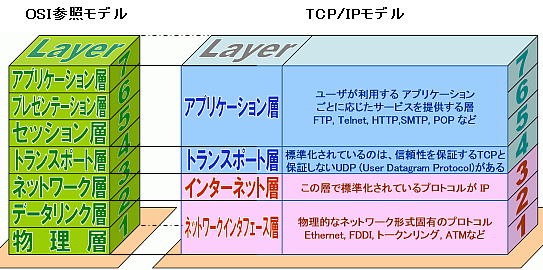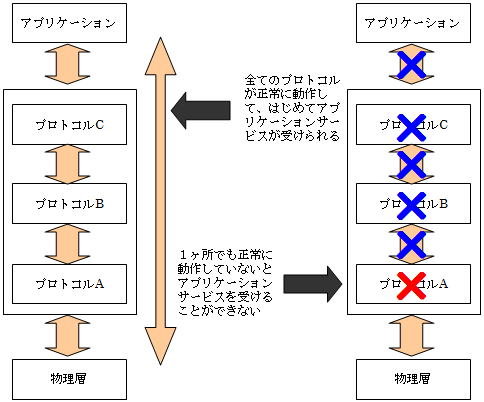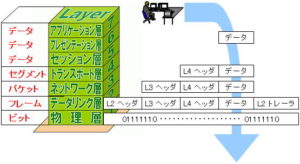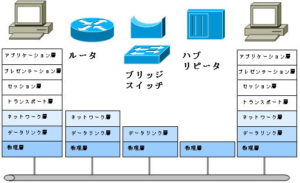OSI reference model and TCP/IP model
OSI reference model and TCP/IP model
The 7-layer model of the OSI reference model is specified by the International Organization for Standardization (ISO), but the TCP/IP model is a model created by the United States Department of Defense (DoD).
This model was created to design a network that can survive under any circumstances, even in the face of war. There are two models, the OSI reference model and the TCP/IP model. Although it is a little confusing, the TCP/IP model is more popular in actual networks because it is easier to implement.
The figure below compares the OSI reference model and the TCP/IP model. TCP/IP is a four-layer reference model.

Comparing the OSI reference model and the TCP/IP model
Layers 1 and 2 of the TCP/IP layer model of the OSI reference model are called the network interface layer, layer 3 of the OSI reference model is called the Internet layer in the TCP/IP model, and the TCP/IP layer of the OSI reference model. Layers 5 to 7 of the model are called application layers in the TCP/IP model.
| OSI reference model | TCP/IP model |
| application layer presentation layer session layer | application layer |
| transport layer | transport layer |
| network layer | internet layer |
| data link layer physical layer | network interface layer |
OSI reference model and TCP/IP model
Meaning of TCP/IP
Regarding the meaning of TCP/IP, it has the following meanings, so it is necessary to determine what it means according to the situation.
- Four layers of the TCP/IP model
- TCP as a layer 4 protocol in the OSI reference model
- IP as a layer 3 protocol in the OSI reference model
Correspondence between OSI reference model and protocol
The OSI reference model is a reference model that divides the communication functions that a computer should have into seven layers. Not all protocols and network devices are implemented according to the OSI reference model.
Some protocols have multiple views, and some protocols span multiple layers. Different vendors may interpret it differently.
Below is one of the ideas. Other commentaries may have different views.

There are some protocols that are difficult to determine in which hierarchy they should be classified.
For example, one credential introduces the protocol below as the session layer protocol. The session layer is a layer that does not exist in the TCP/IP model, so it is difficult to judge.
Session layer protocol
- NFS (Network File System)
- SQL (Structured Query Language)
- RPCs (Remote Procedure Calls)
Depending on the book, some protocols are introduced as protocols that span multiple layers, while others are introduced as the data link layer and others as the network layer.
Broadly defined TCP/IP and narrowly defined TCP/IP
The meaning of the term TCP/IP is not constant in manuals. It’s a bit confusing, but there are two meanings: “TCP/IP in the broad sense” and “TCP/IP in the narrow sense”.
● Broadly defined TCP/IP
”Broadly defined TCP/IP” refers to the TCP/IP model, which consists of layers such as the application layer, transport layer, Internet layer, and network interface layer.
● Narrowly defined TCP/IP
“Narrowly defined TCP/IP” refers to the 4-layer and 3-layer protocols of TCP and IP.
Whether the term TCP/IP refers to “TCP/IP in the broad sense” or “TCP/IP in the narrow sense” must be determined from the context of the sentence.
Protocol roles and mechanics
In order to receive network services normally, it is necessary for each layer to have a protocol that takes charge of its role and to operate normally.
If even one layer fails, you will not be able to receive network services at all.

In order for the network to function properly, it is important to have the correct knowledge of each protocol. Communication cannot be performed correctly unless the protocol of each layer is correctly set and linked with the protocol of the upper and lower layers.


